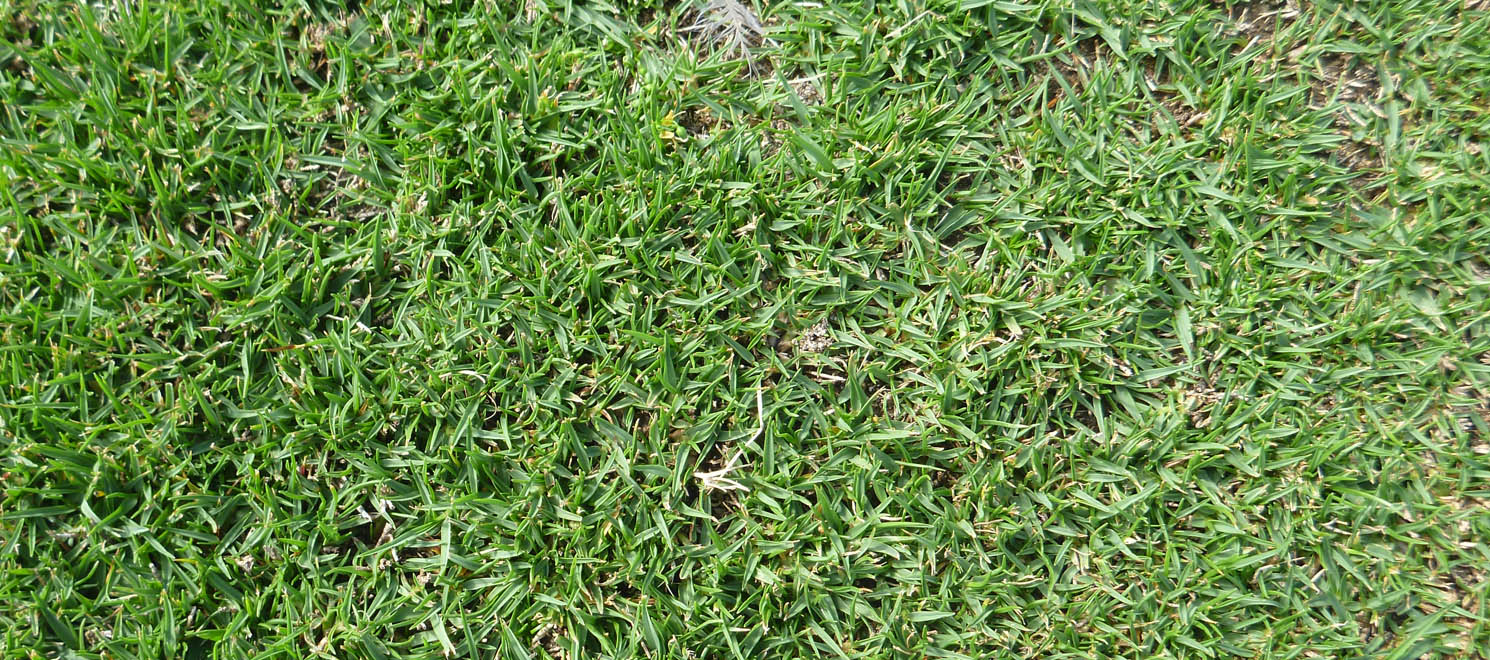
Paspalum vaginatum
Seashore paspalum
Sea Isle 2000 (formerly protected by Australian Plant Breeder's Rights and protected by United States Plant Patent); AP-10 (breeder's code).
Sea Isle 2000 is a medium-textured seashore paspalum turfgrass that has dark green leaves with a shiny lustre due to a waxy leaf coating. Sea Isle 2000 Spreads vigorously by both rhizomes and stolons. Tolerates water logging and occasional flooding with salt water. Fewer seed heads than older varieties e.g. ‘Adalayd’ and Saltene™. Requires lower fertiliser inputs than Cynodon dactylon (green couch). Copes with lowered light intensity due to cloud cover (Source: DAF Technical note).
Seashore paspalum can be irrigated with varied water quality; alternative water sources such as effluent, reclaimed or brackish may be used as an irrigation source. Seashore paspalum has a high stolon and rhizome production. Thatch levels can sneak up on you. When walking on the turf or green, it may feel firm; yet following sampling may have a significant thatch level. Be sure to keep an eye on thatch and carry out routine maintenance so it does not become an issue. Seashore paspalum looks great when mown; you can even "strip it up" with a standard rotary push mower. However, in Queensland, diseases like dollar spot and spring dead patch are troublesome and prolific. For the average homeowener, seashore paspalum can be difficult to maintain.
Pests, disease and weeds
Check to see which Pests, Diseases and or Weeds this turf variety may be susceptible to and how to successfully control them in your home lawn or sports turf.